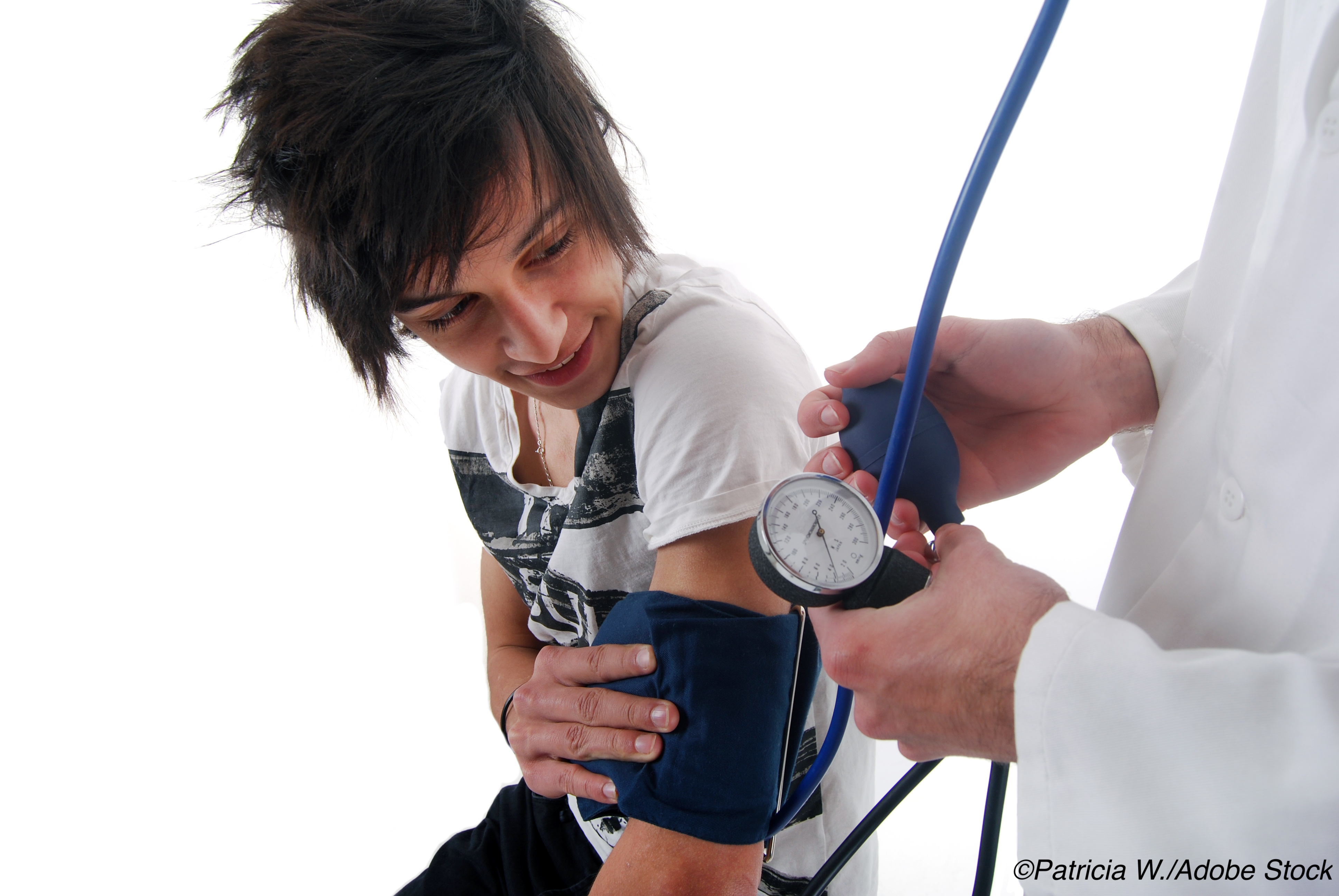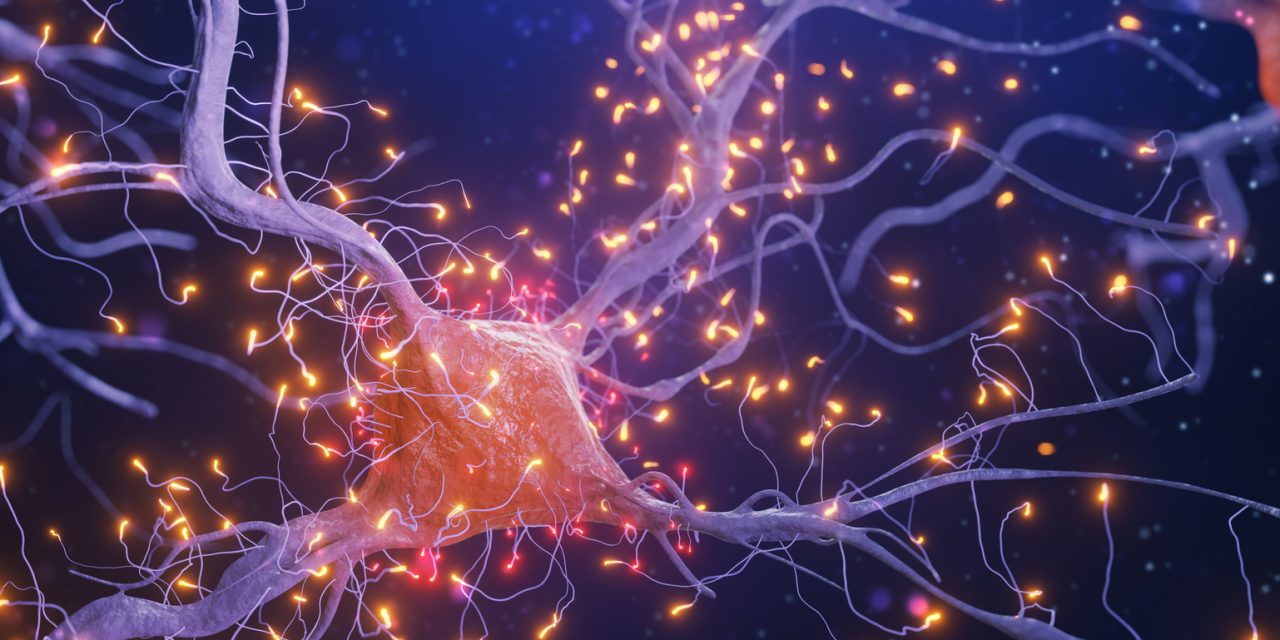 There is not enough evidence to advise for or against screening for high blood pressure (BP) in asymptomatic children and adolescents, according to the U.S. Preventive Services Task Force (USPSTF).
There is not enough evidence to advise for or against screening for high blood pressure (BP) in asymptomatic children and adolescents, according to the U.S. Preventive Services Task Force (USPSTF).
The “I” recommendation (insufficient evidence) is a holdover from 7 years ago, in children ages 3 to 18, who are not known to have hypertension, according to Alex H. Krist, MD, MPH, of Virginia Commonwealth University in Richmond, and co-authors.
This recommendation is consistent with the 2013 USPSTF statement,” they wrote in JAMA. “The USPSTF concludes that the evidence to support screening for high blood pressure in children and adolescents is insufficient and that the balance of benefits and harms cannot be determined.”
That’s not to say that high BP isn’t a cause for concern in a pediatric population, so Krist and co-authors advised that “Clinicians should remain alert to the signs and/or symptoms of high blood pressure and evaluate as appropriate,” as the prevalence of hypertension (both primary and secondary) in children and adolescents in the U.S. ranges from 3% to 4%.
They explained that primary hypertension in these patients occurs predominantly in children >13 years. There are no known causes, but risk factors include family history and higher body mass index. Secondary hypertension generally occurs in younger children and is usually caused by genetic disorders, renal disease, endocrine disorders, or cardiovascular abnormalities.
The lack of clear guidance from the task force will no doubt “raise concerns among some medical professionals who care for children and, in particular, pediatric cardiologists and nephrologists who specialize in blood pressure issues,” noted Priya Verghese, MD, MPH, and Debora Matossian, MD, MSCI, both of the Ann & Robert H. Lurie Children’s Hospital of Chicago, in an accompanying editorial.
After all, there is “clear evidence” from the last few decades that “childhood blood pressure has been related to young adult subclinical cardiovascular disease,” they pointed out. The most recent data came in 2019 from the i3C Consortium, which showed a “significant relationship between childhood blood pressure and mid-adult self-reported hypertension, with the highest degree of risk in the groups with elevated blood pressure in both childhood and adolescence.
The sticking point is that there is no equally meaningful, direct evidence that ties BP screening in younger people with adult health, “and no specific data linking childhood blood pressure levels with adult cardiovascular disease outcomes,” Verghese and Matossian explained. And there are specific factors at play, they added: BP can vary from visit to visit, or even during a single patient encounter, and studies have shown that the prevalence of hypertension decreases over time in kids.
In a JAMA Patient Page, Jill Jin, MD, MPH, of Northwestern Medicine in Chicago, explained that “Potential harms of screening include false-positive results…that may lead to extensive further testing and possible unnecessary treatment with medications, which can have side effects.”
So, while there’s no definitive guidance from the task force, Verghese and Matossian stressed that “Blood pressure measurement in pediatric patients is not expensive or complicated, and it is becoming easier to interpret since the development of health records linked clinical decision support systems.” Clinicians should be on the lookout for secondary causes of high BP in pediatric patients and, once identified, “follow up longitudinally through childhood the milder elevated levels of blood pressure that could benefit from counseling to promote ideal health, a goal integral to ambulatory pediatric care,” they advised.
And in pediatric and adolescent patients, high BP “can often be treated by changes in lifestyle: a low-salt diet, regular exercise, and weight loss for children who are overweight or obese,” Jin noted.
However, in the evidence report that guided the updated recommendation, Gerald Gartlehner, MD, MPH, of RTI International in Research Triangle Park, N.C., and co-authors, found that a “Low-salt diet did not achieve reductions of blood pressure” in this patient population (the included studies were done in 1991 and 1993other perspectives).
On the other hand, systolic BP was significantly cut by:
- Exercise over 8 months: −4.9 mmHg (P ≤0.05).
- Dietary approaches to stop hypertension over 3 months: −2.2 mmHg (P<.01).
- Combination of drug treatment and lifestyle interventions over 6 months: −7.6 mmHg (P<0.001).
Gartlehner’s group reviewed data from 42 studies in 43 publications (n>12,400 patients). They found that no studies looked at the “benefits or harms of screening and the effect of treating childhood hypertension on outcomes in adulthood.” A single study reported a sensitivity of 0.82 and a specificity of 0.70 for two office-based BP measurements.
Also, 20 observational studies suggested an association between childhood hypertension and abnormal BP in adulthood, with odds ratios of 1.1 to 4.5, risk ratios of 1.45 to 3.60, and hazard ratios of 2.8 to 3.2.
They reported that 13 placebo-controlled RCTs and 1 meta-analysis evaluated reductions in systolic and diastolic BP from pharmacological treatments, with pooled reductions of −4.38 mmHg (95% CI −7.27 to −2.16) in systolic BP for angiotensin-converting enzyme inhibitors, −3.07 mmHg (95% CI −4.99 to −1.44) for angiotensin receptor blockers (ARB), and −6.56 mm Hg (P< .001) for the ARB candesartan.
Other agents, such as beta blocks blockers, calcium channel blockers, and mineralocorticoid receptor antagonists did not achieve significant reductions over 2 to 4 weeks, according to Gartlehner and co-authors.
The primary limitation of the evidence review was that it was done only in England language studies and that approach “might have missed studies conducted in Hispanic children, who have a higher risk for obesity and primary hypertension than non-Hispanic White children,” they explained.
Also, there was no available evidence on the health benefits and harms of screening, the drug-based studies were short and small, and the mean age of children in the studies ranged from 12 to 14 years so the results may not apply to younger children or those with secondary hypertension.
Gartlehner’s group noted that the “ongoing i3C Outcomes study might be able to provide more solid and more direct evidence regarding the association between childhood hypertension and adult cardiovascular events.”
In the meantime, other groups offer some guidance: The American Academy of Pediatrics recommends screening all patients for hypertension annually, and high-risk patients at each visit, starting at age 3 years, and using ambulatory BP monitoring to confirm hypertension in children and adolescents. The American Heart Association and the National Heart, Lung, and Blood Institute suggest routine screening starting at age 3 years. Like the task force, the American Academy of Family Physicians cite insufficient evidence for or against routine BP screening for in pediatric patients.
-
The U.S. Preventive Services Task Force concludes that the current evidence is insufficient to assess the balance of benefits and harms of screening for high blood pressure (BP) in asymptomatic children and adolescents.
-
Clinicians should still be alert for risk factors, such as family history and childhood obesity, for primary hypertension in children age 13 or older, and for secondary hypertension in younger children, generally associated with genetic disorders, renal disease, endocrine disorders, or cardiovascular abnormalities.
Shalmali Pal, Contributing Writer, BreakingMED™
The USPSTF is funded by the Agency for Healthcare Research and Quality (AHRQ). The evidence report was funded by AHRQ.
Krist and co-authors reported travel reimbursement and an honorarium for participating in USPSTF meetings. One co-author reported relationships with Healthwise.
Verghese and Matossian, as well as Gartlehner and co-authors and Jin, reported no relationships relevant to the contents of this paper to disclose.
Cat ID: 138
Topic ID: 85,138,6,138,192,916


